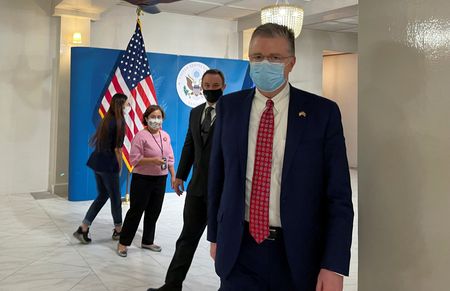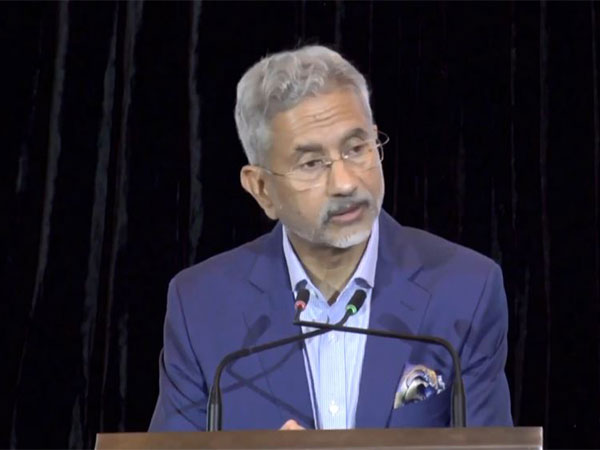
U.S. has ‘no intention’ to engage with China on Indo Pacific Economic Framework

By Ben Blanchard
TAIPEI (Reuters) – The United States has “no intention” of engaging with China in its forthcoming Indo-Pacific Economic Framework, but is talking to its partners who share the same vision of a free and open region with no coercion, a senior U.S. diplomat said.
The United States vowed on last week to commit more diplomatic and security resources to the Indo-Pacific to push back against what its sees as China’s bid to create a regional sphere of influence and become the world’s most influential power. In a 12-page strategy overview, the Biden administration said it would focus on every corner of the region from South Asia to the Pacific Islands to strengthen its long-term position and commitment.
The document reiterated U.S. plans to launch an Indo-Pacific Economic Framework in early 2022, an initiative the administration hopes will at least partially fill a big gap in engagement with the region since former President Donald Trump quit a multinational trade framework in 2017. Speaking to reporters on a Thursday conference call, U.S Assistant Secretary of State for East Asian and Pacific Affairs Daniel Kritenbrink said early discussions were ongoing about the economic framework.
“I think it’s safe to say that we are engaged in initial conversations with partners across the region, who share our vision for the kind of region that we want to live in again, a free and open region in which countries are free from coercion and are able to pursue their economic and security interests freely in an in an unhindered fashion,” he said. “And you are correct that there is currently no intention to engage the People’s Republic of China on the Indo-Pacific Economic Framework.”
Chinese President Xi Jinping has pushed what the country calls the Belt and Road programme, committing billions of dollars to build infrastructure around the world. China has also backed the world’s largest free trade bloc that excludes the United States, the Regional Comprehensive Economic Partnership (RCEP). China and Russia declared a “no limits” strategic partnership earlier this month, their most detailed and assertive statement to work together – and against the United States – to build a new international order based on their own interpretations of human rights and democracy.
Kritenbrink said Washington could not “dismiss the challenge” posed by the vision put forward by China and Russia’s joint statement. “We stand for a world and a vision grounded in problem solving and innovation, not coercion and aggression,” he said.
“That is our affirmative vision for the region. I think it stands in stark contrast to the vision of others, including that put forward by Presidents Putin and Xi.”

















POST COMMENTS (0)